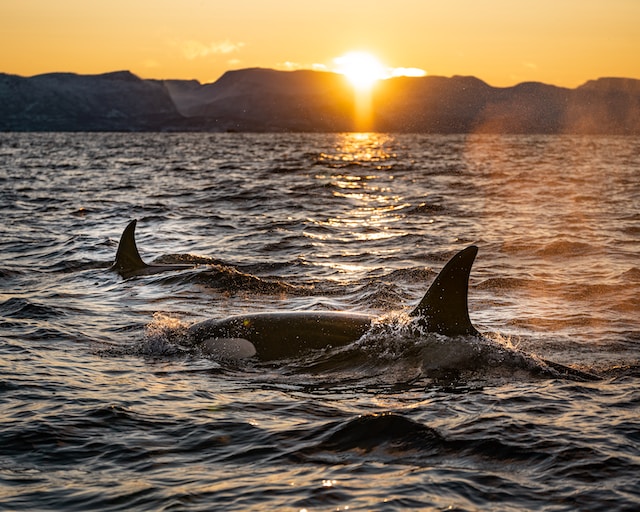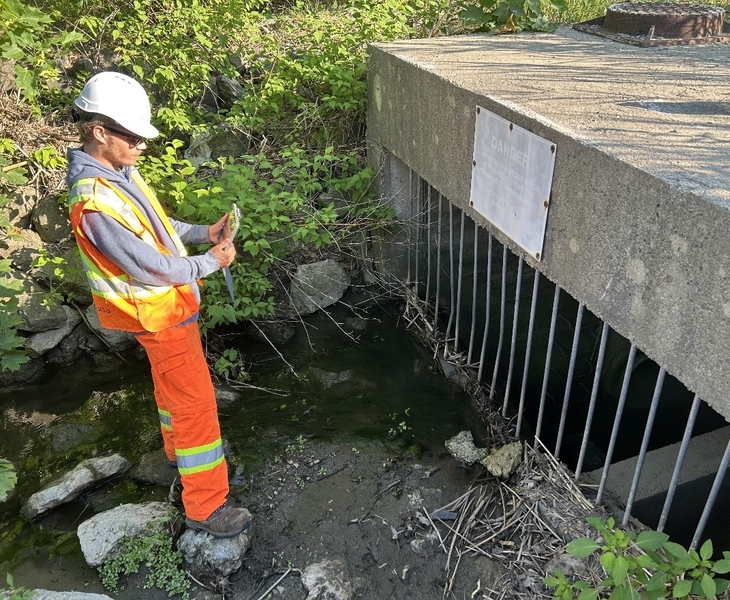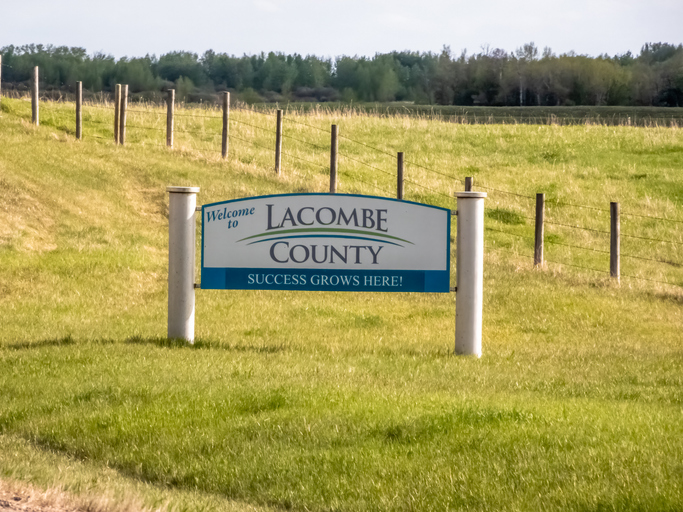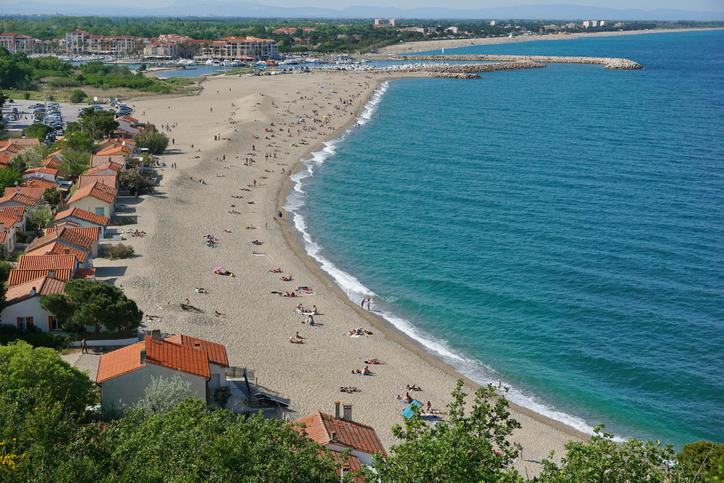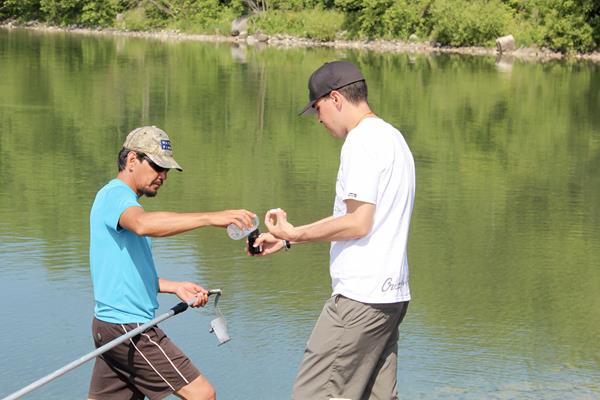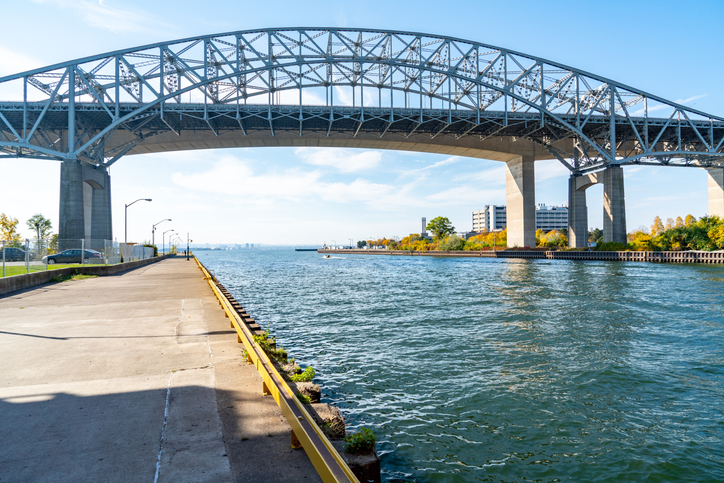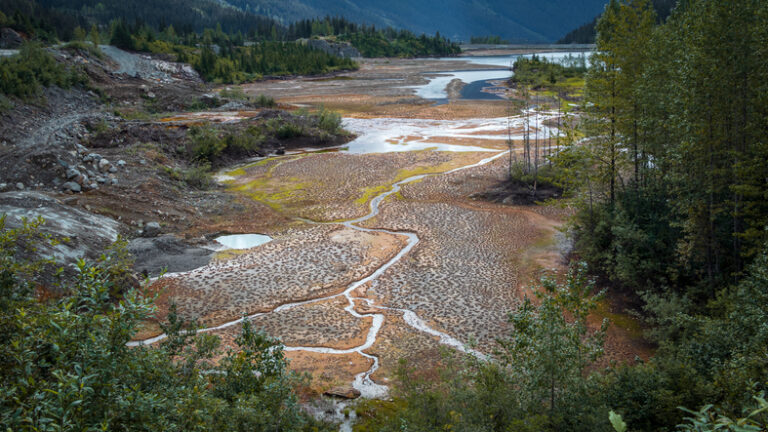Ottawa – The sight of a breaching orca can be a once-in-a-lifetime experience. With a similar lifespan to humans and complex social behaviour, orcas are iconic coastal animals. At their semi-annual meeting, the Committee on the Status of Endangered Wildlife in Canada (COSEWIC) concluded that all five populations of the charismatic Killer Whale in Canada are at some level of risk.
Killer Whales are top predators, found in all the world’s oceans. Many populations have a distinct culture, dialect, and diet. Southern Resident Killer Whales on the Pacific coast mostly eat Chinook Salmon. These whales currently number 75 individuals. Dwindling Chinook numbers pose a grave threat, alongside pollution, increasing ship strikes, underwater noise, and inbreeding. The committee assessed this population as Endangered.
“These whales usually don’t have their first calf until they are 14 and only produce a surviving calf every 5 years on average,” said John Ford, COSEWIC member and Killer Whale expert. “So even if all threats stopped tomorrow, this orca population would be slow to recover.”
While still at risk, other Killer Whale populations on the Pacific Coast seem to be doing better. Although they still number fewer than 350 individuals each, both the fish-eating Northern Resident population and the seal-eating Transient population are growing, the latter benefiting from increasing seal and sea lion numbers. The Offshore population, which specializes in eating sharks, continues to occur in small numbers and may be especially threatened by contaminants. All three populations were assessed as Threatened.
Much less is known about Killer Whales in the Eastern Arctic and off the Atlantic coast. These whales likely number in the hundreds and range widely. Inuit report seeing more Killer Whales in the Arctic. As climate change causes increased environmental shifts in this region, there’s a need to research this population, which was assessed as Special Concern.
Orcas hold a special cultural significance to Indigenous Peoples, with unique names in over 13 Indigenous languages on the west coast alone. According to Larry Johnson of the Maa-nulth First Nations on the West Coast, “For us, Kakaw’in are the wolf of the sea – wolves ensure there is balance on the land and the Killer Whales ensure there is balance in the ocean. Killer Whales are messengers, they are guardians of the sea. They protect those who travel away from home and lead them back when it is time.”
COSEWIC assessed 30 different wildlife species across the country, including Ivory Gull in the High Arctic (assessed as Endangered) and Canada’s largest salamander, Manitoba Mudpuppy (assessed as Threatened; the Great Lakes/St. Lawrence River Mudpuppy was assessed as Special Concern). Back on the West Coast, perched above the Pacific Killer Whales’ home live two wildflowers, Hibberson’s Trillium and Macoun’s Meadowfoam. Both occur nowhere else in the world. Hibberson’s Trillium, a small-statured relative of Ontario’s provincial flower, grows on limestone cliffs. The meadowfoam prefers areas where light disturbance keeps invasive species at bay. For example, this plant thrives in cleared firebreaks and parks with moderate levels of recreation. The trillium was assessed as Threatened and the meadowfoam was assessed as Special Concern.
According to David Lee, Chair of COSEWIC “Our committee tries to identify all wildlife species that might be at risk, from the majestic to the minute. Science and Indigenous knowledge are an integral part of society’s commitment to safeguard Canadian biodiversity

